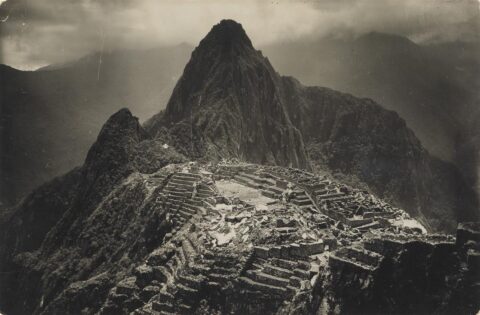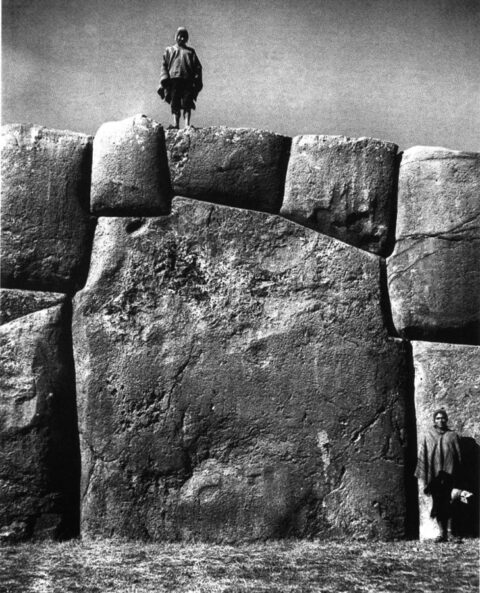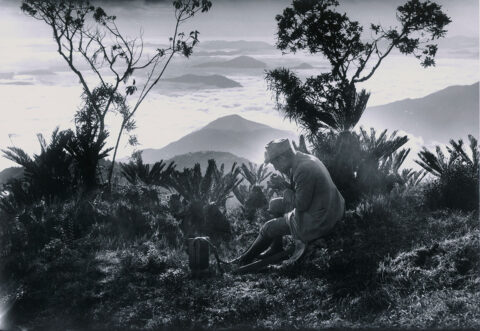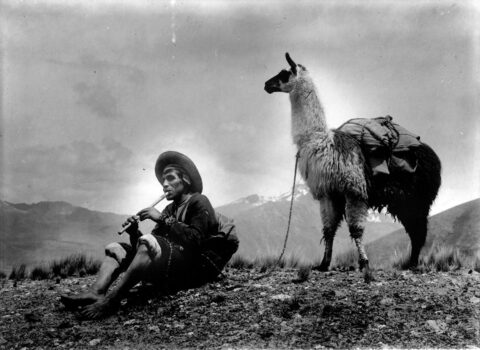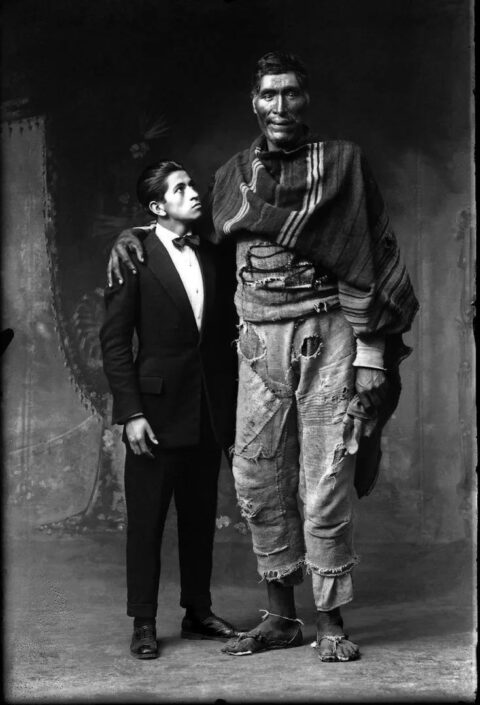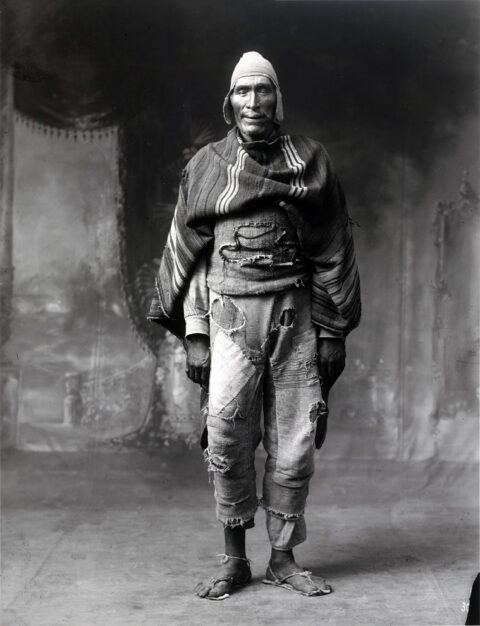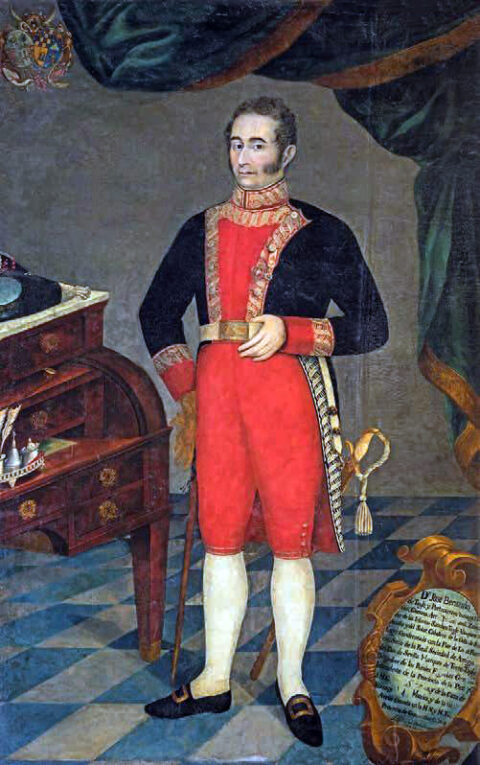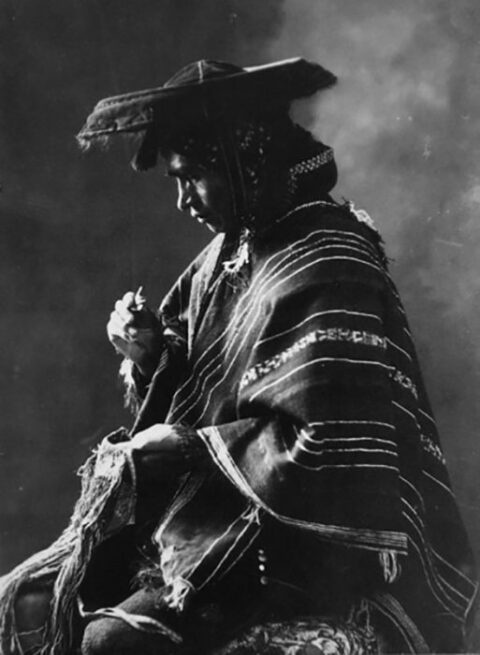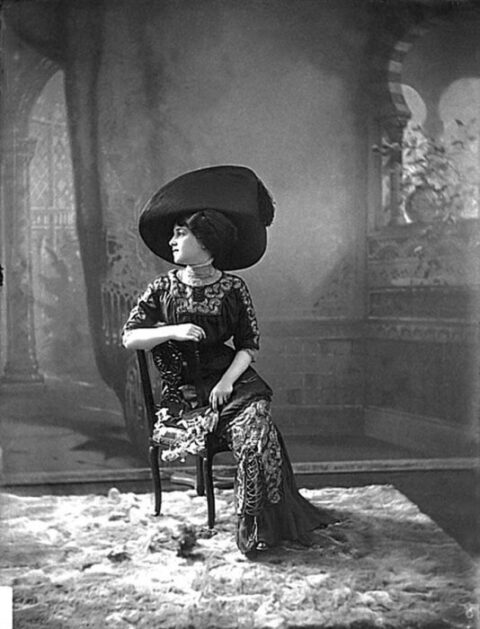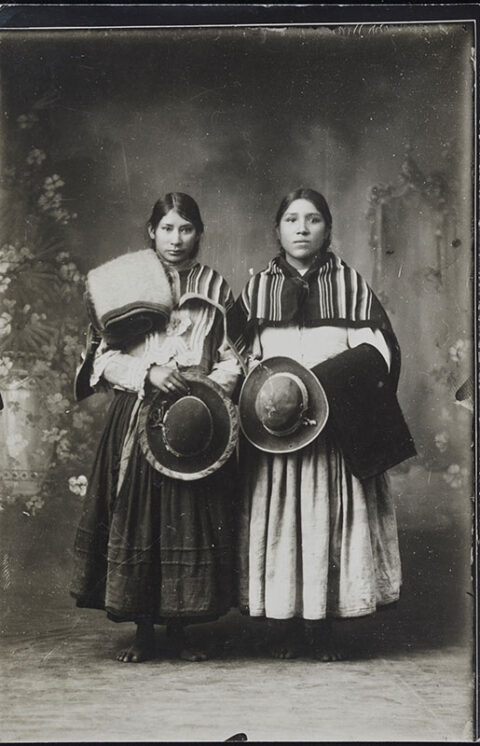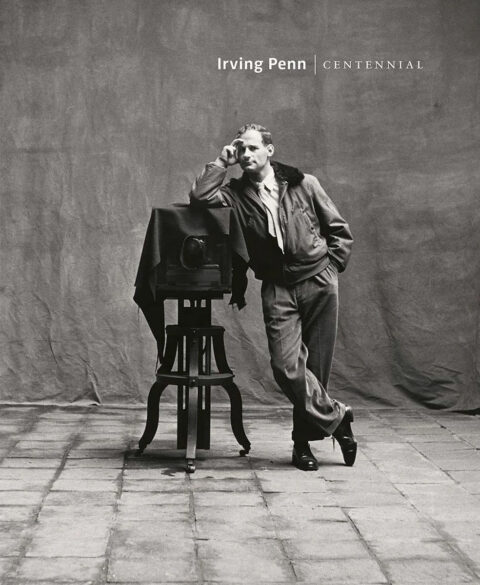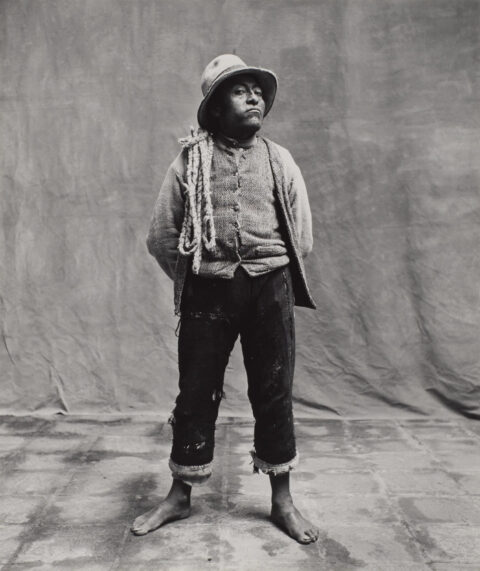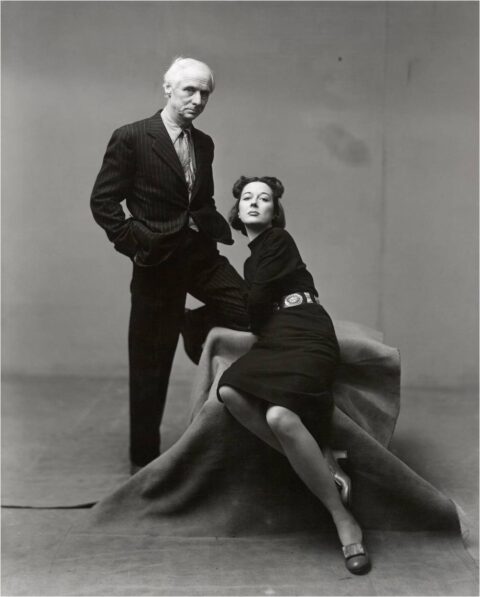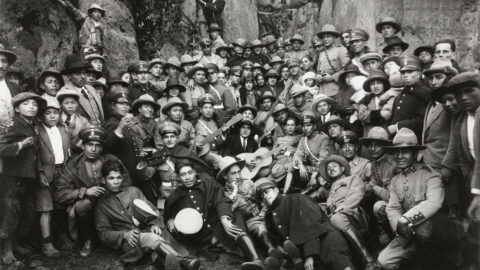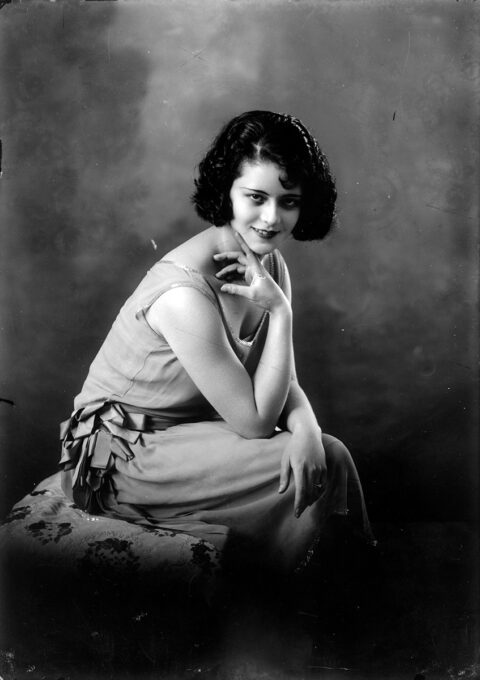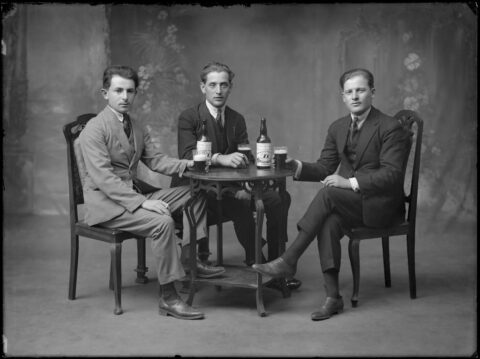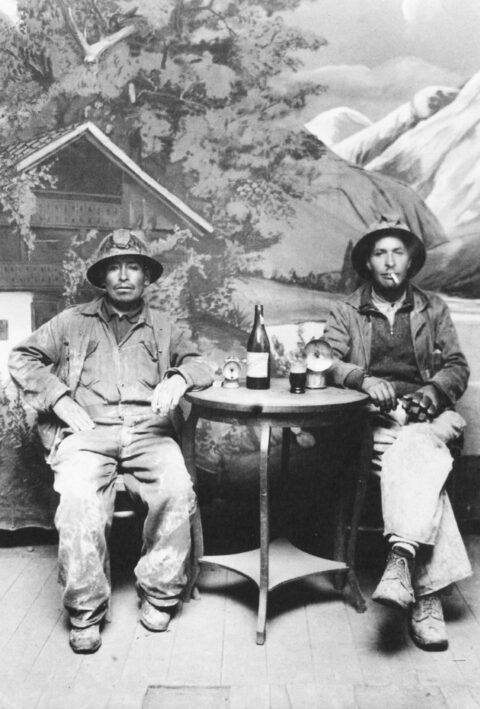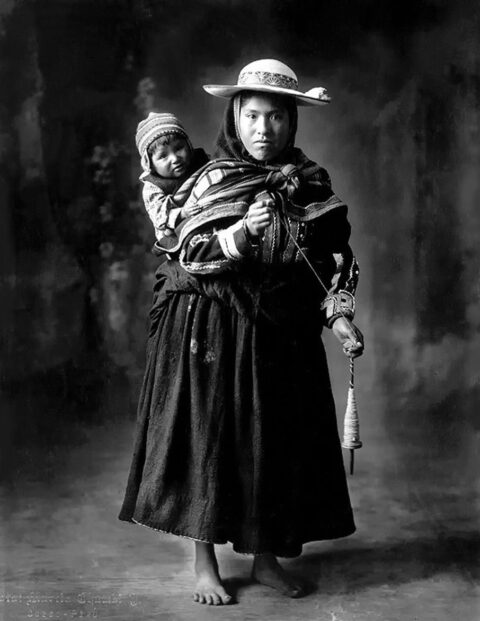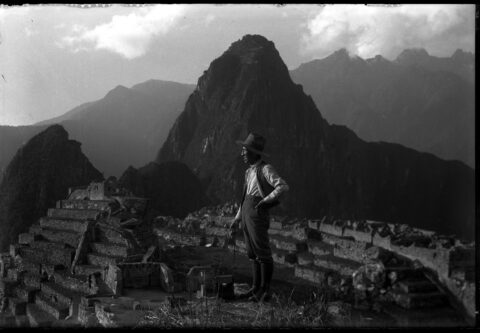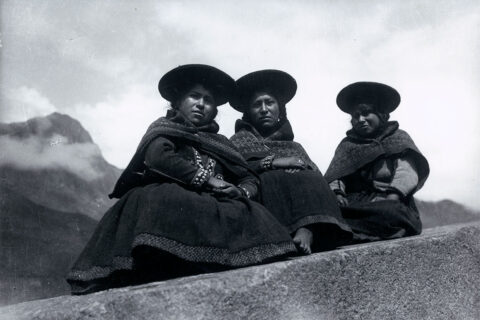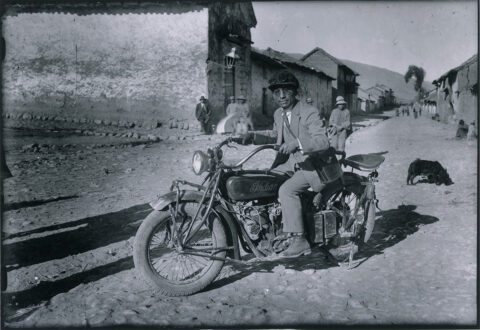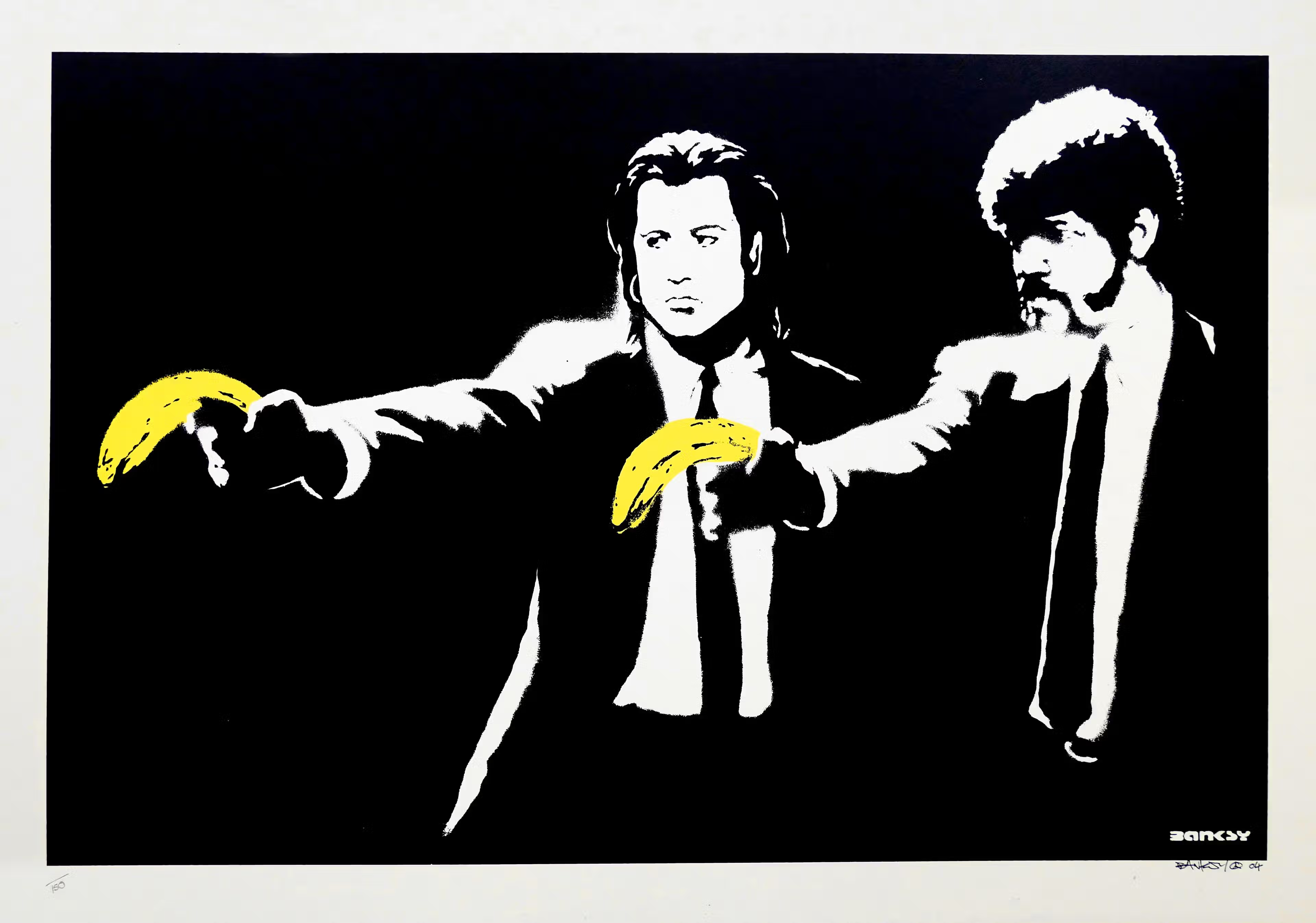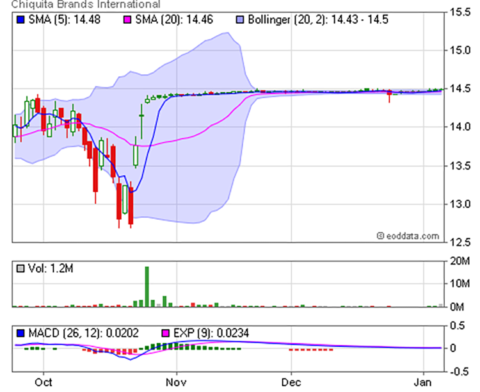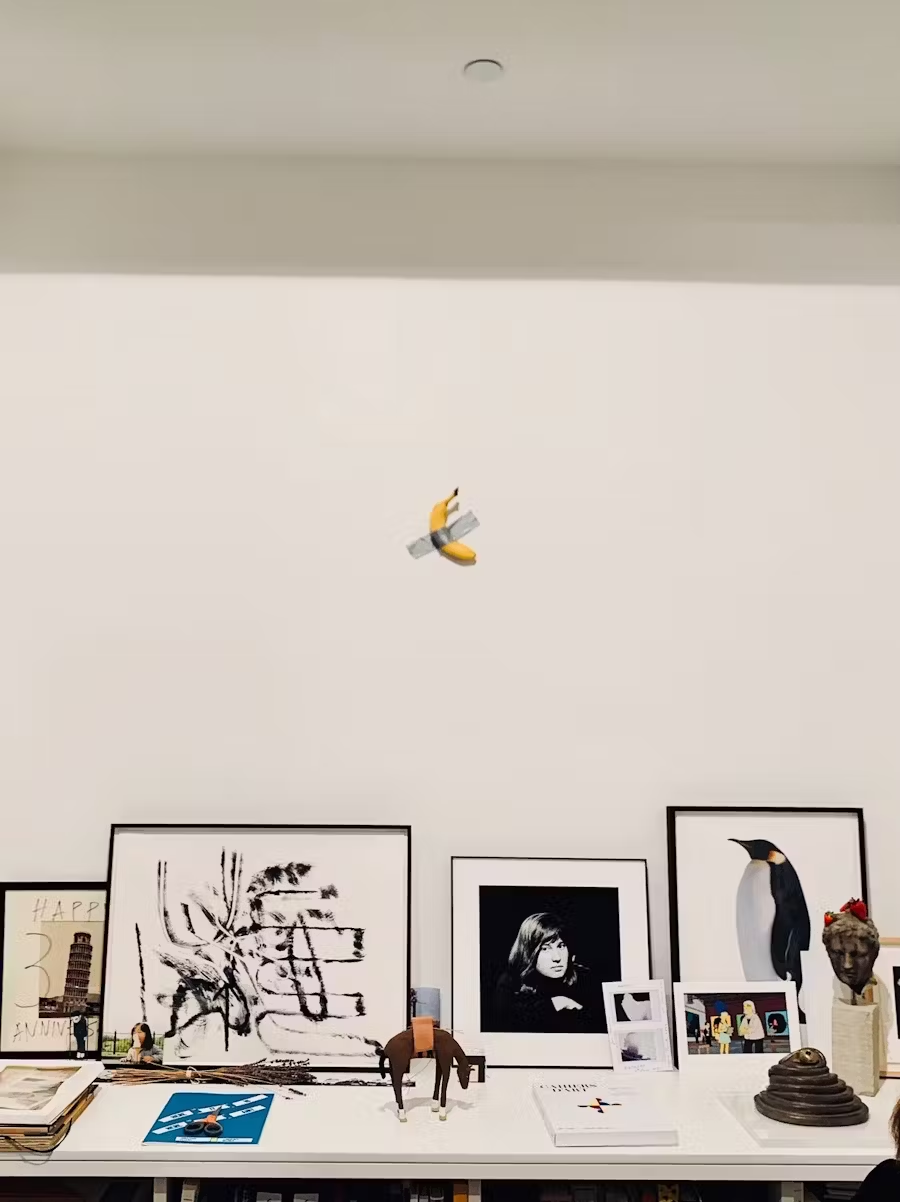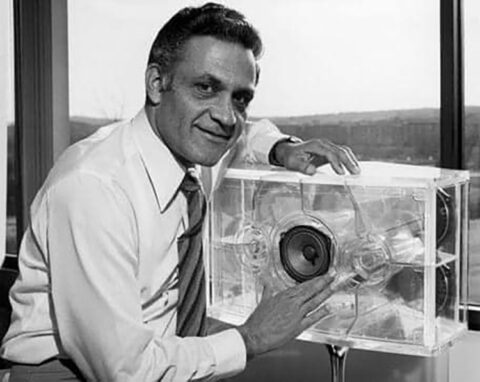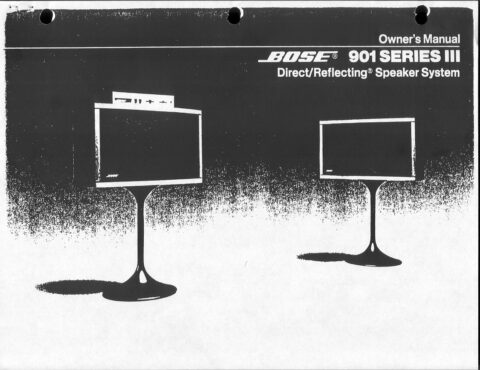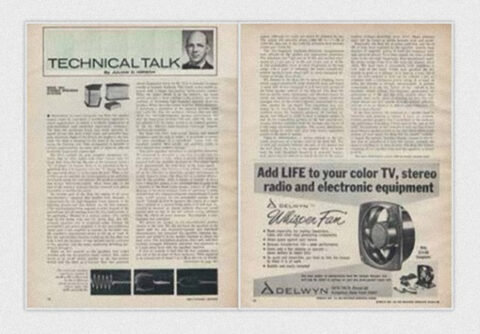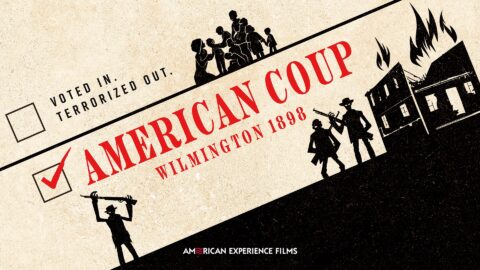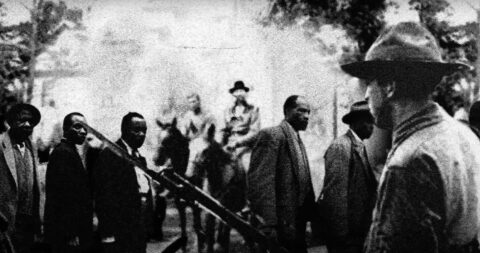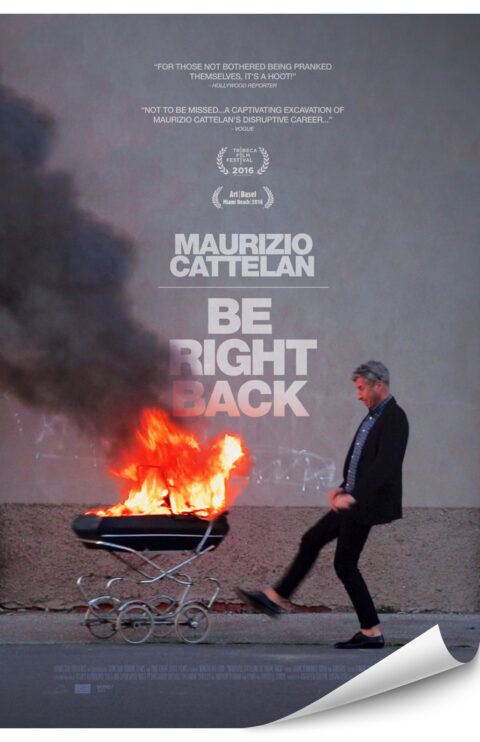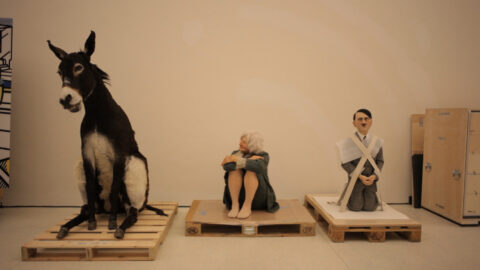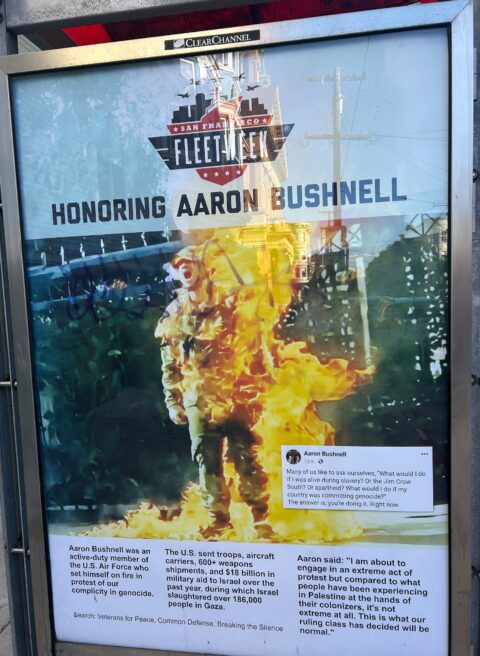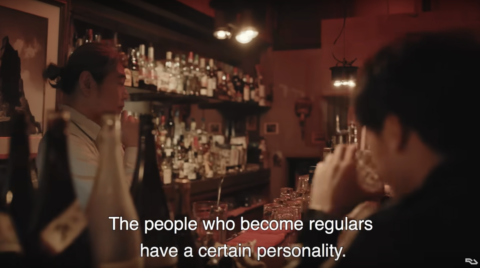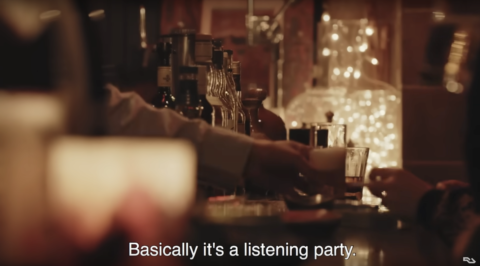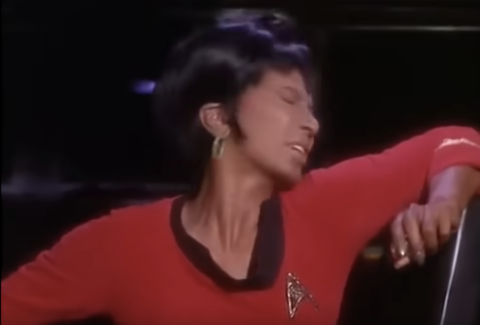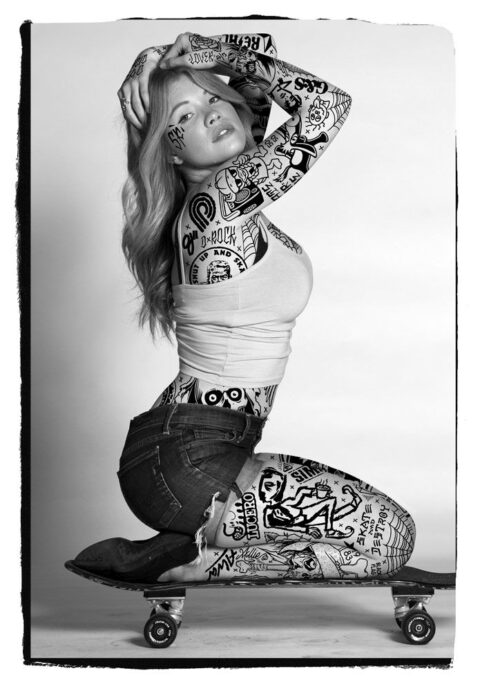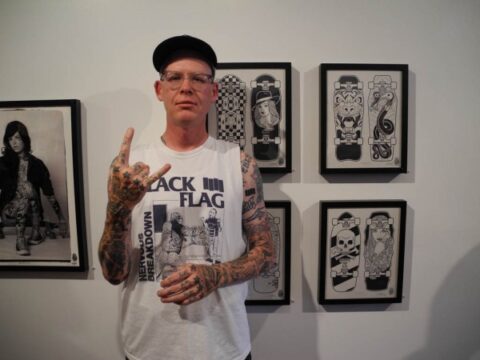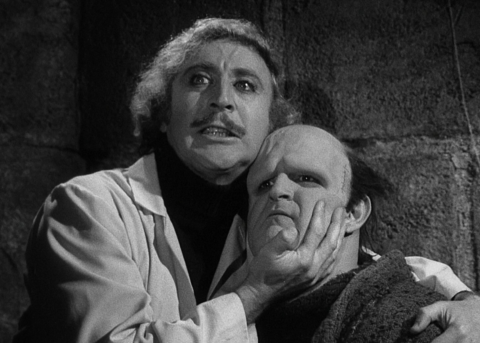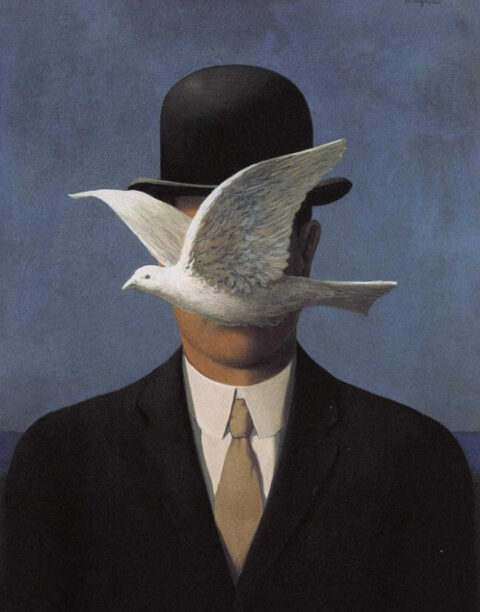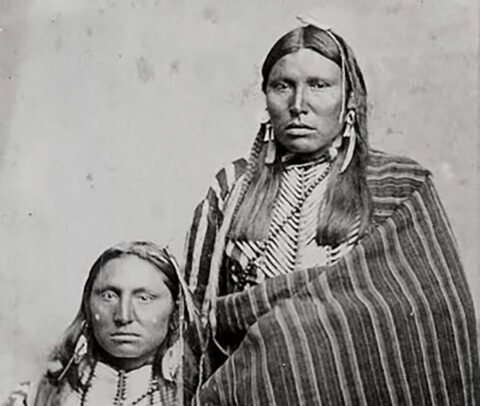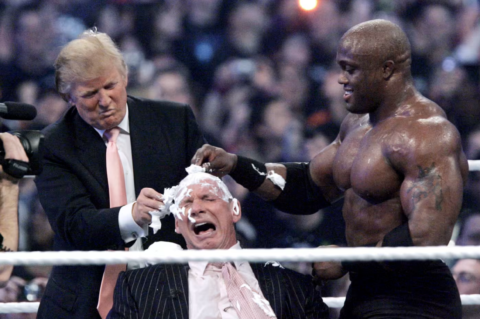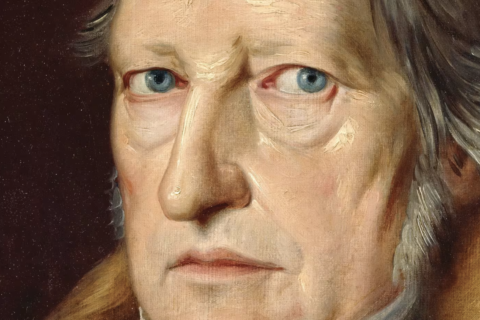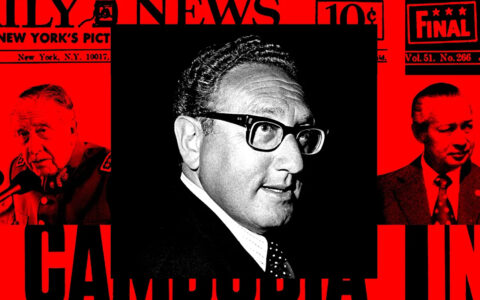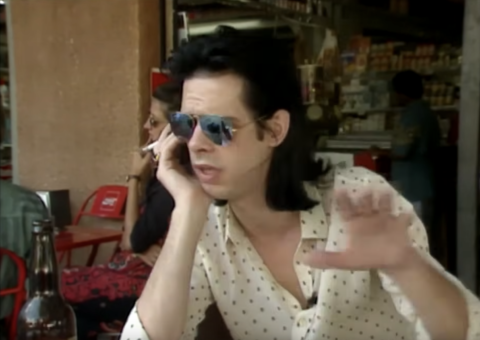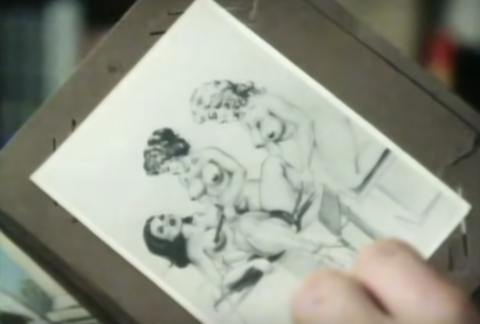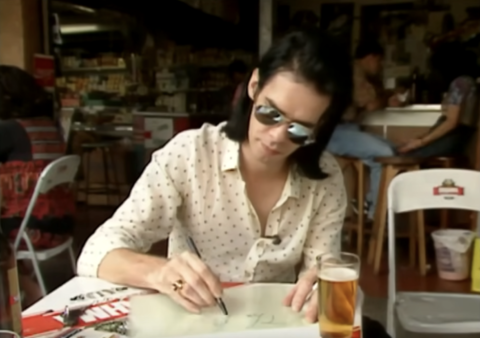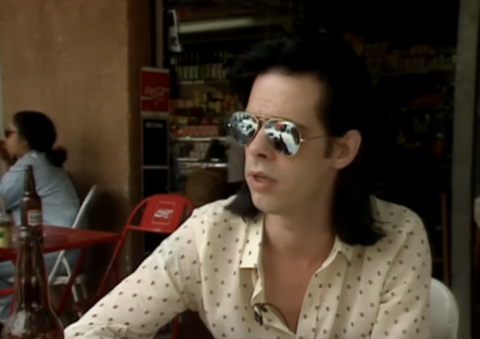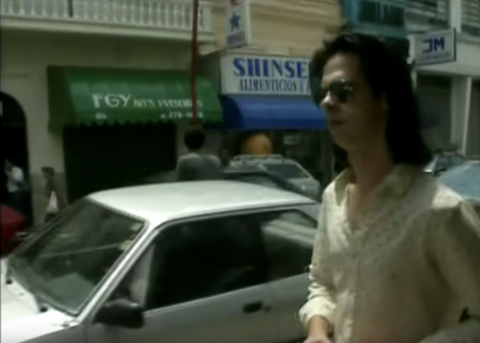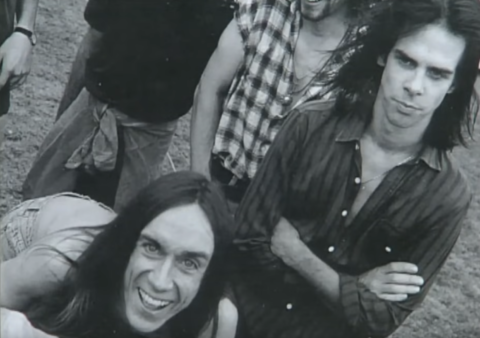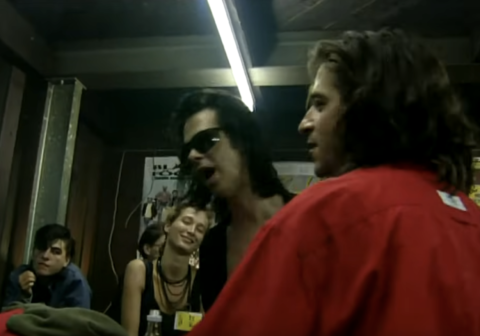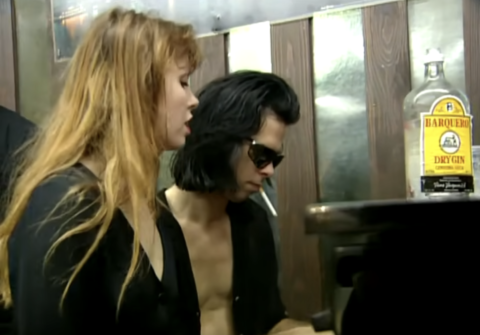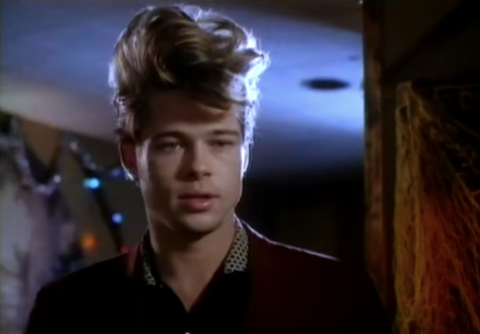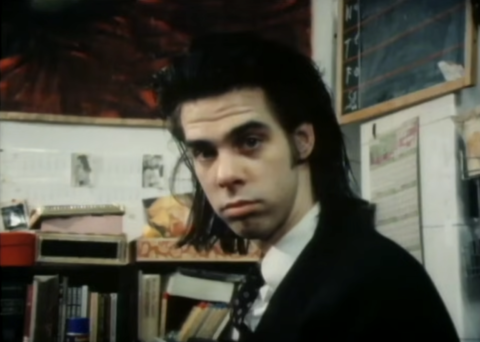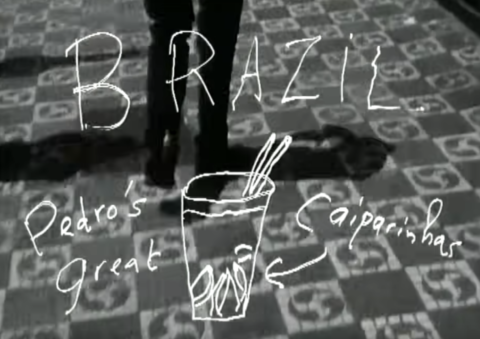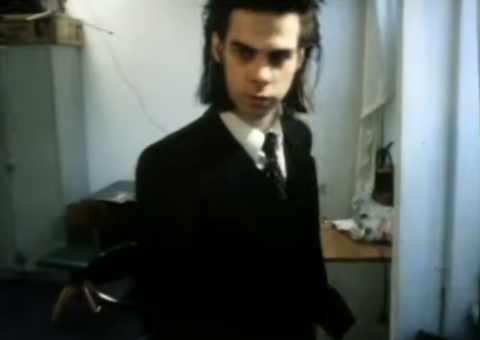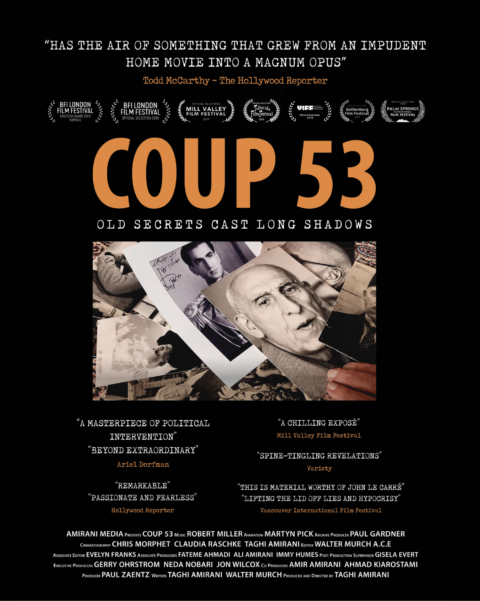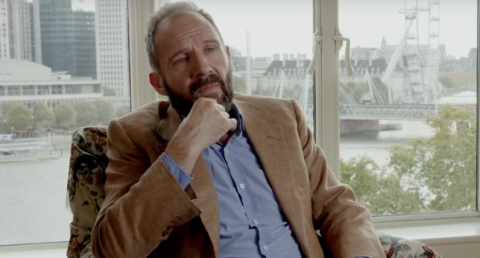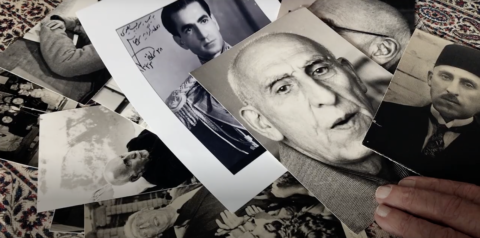“it is believed that indigenous peoples have no culture…that they are barbarians,” declared martín chambi after exhibiting his photographs in chile in 1936.
“that is why i am undertaking this task,” he affirmed. as an indigenous descendant, chambi devoted his decades-long career to photographing the lives and surroundings of the peruvian people of the southern andes during the early 20th century.
from formal studio portrayals of peru’s diverse society to chronicles of the andes and their environs, chambi’s work remains a testament to his drive for capturing his country’s history and culture.
sihuana (above) one of martín chambis most famous photographs – “two giants from cusco” (1925)
sihuana was the peruvian giant. chambi’s photograph of sihuana is a sensitive portrait of an indigenous peruvian man in traditional dress, including a draped poncho and chullo cap.
“sihuana’s direct gaze confronts the viewer. his stance and surroundings mimic painted portraits of a century earlier, like afro-peruvian portraitist josé gil de castro’s portrayal of the marques de torre-tagle (below).
although gil de castro never traveled to europe, he became famous for his ability to represent the peruvian elite in grand style. much like sihuana, the gentlemanly tagle is positioned in front of a cloth of honor and surrounded by decorative objects that help to signal his “status.”
born to a quechua family in the coasa district of southern peru, chambi first encountered photography at the age of 14, while working at the british mining company santo domingo, where his father also worked. it was here that he came across two british company photographers, angus and ferrin, who showed him the workings of the camera.
within a few years, in 1908, he moved to arequipa to become assistant to max t. vargas, a renowned photographer and owner of one of the most well-known studios in the city. in his nine years training with vargas, chambi learned the technical and aesthetic fundamentals of artistic portraiture and outdoor photography, exhibiting his work locally and establishing connections with arequipa’s vibrant artistic community.
above portraits of two peruvian women by martin chambi
irving penn met chambi in the early days of his career and the influence on his work is very much recognizable
above portraits of a peruvian man not by martin chambi, but rather the american photographer irving penn
incredible portraits of max ernst and dorothea tanning by irving penn
this period marks the beginning of his successful career, when he participated in multiple photographic competitions and earned himself several copper medals on various occasions.
around 1917, chambi opened his own photographic studio, first in the town sicuani and then in cusco.
while his studio soon became the regional leader in natural light portraiture, the artist also worked as a photographic correspondent for national journals and newspapers documenting streets, monuments, everyday scenes of urban and rural life, events, and gatherings, as well as peruvian architectural and archaeological sites.
he photographed the incan citadel machu picchu, and documented an array of subjects, from the prominent families of cuzco to the daily lives of the andean communities and the working class. his photojournalism and nationalist spirit were shaped at a time when foreign explorations of peru’s ancient monuments were at a peak and the tourist industry was just emerging.
it also coincided with the cultural and political emergence of the indigenism movement, in which chambi was profoundly influential for changing the way the country was represented through photography.
both his landscapes and his portraits of indigenous sitters from this period challenged traditional understandings of national identity and representation, and it was through his extensive photographic records, publications, and postcard production that he radically changed perceptions of the region, leaving an indelible mark on peruvian visual culture. over the course of his life, chambi’s work was widely recognized, exhibited, and published both in peru and throughout latin america, leaving behind a massive and profoundly influential body of work as peru’s first indigenous photographer. by jp
 a visual collective outlet of inspiration
a visual collective outlet of inspiration